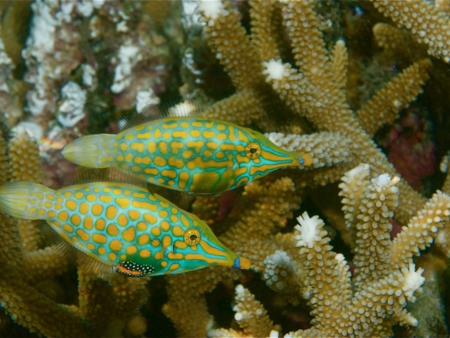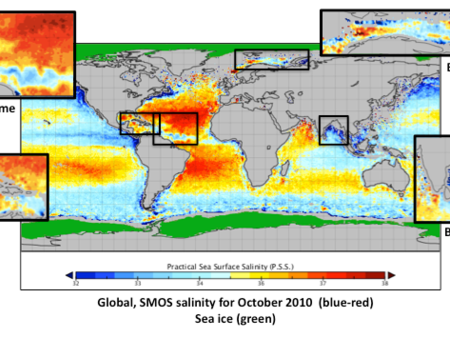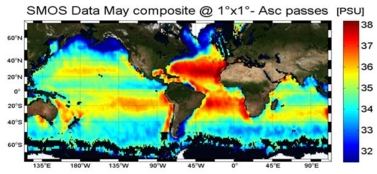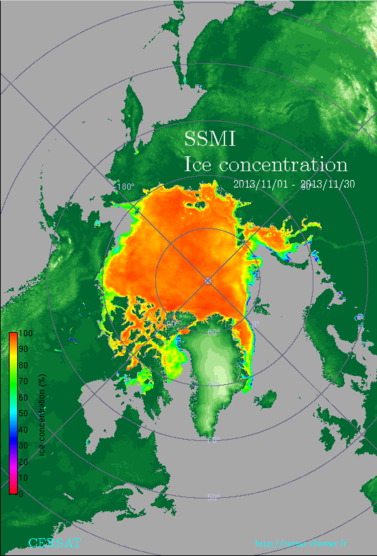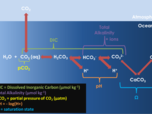Project overview
The Pathfinders Ocean Acidification project is a 18 month project, leaded by Dr Jamie Shutler (PML) and funded by the European Space Agency. The objective is to quantify parameters required for Ocean Acidification (OA) research. The work is to develop and validate new and innovative products combining field data, satellite observation, and models.
This work is linked and communicated to the Global Ocean Acidification Observing Network (GOA-ON), international Surface Ocean and Lower Atmosphere Study (SOLAS) community and IMBER (both with the International Geosphere-Biosphere Programme IGBP), the World Climate Research Programme (WCRP) and International Ocean Carbon Coordination Project (IOCCP).
This project aims to exploit Earth Observation data to quantify parameters required for OA research. It will implement algorithms in four geographical regions :
- global
- Arctic seas
- Bay of Bengal
- Caribbean
The goal is to find which algorithms perform best in each region and validate the algorithms using in situ data and model output.
The result will be a set of regional algorithms and monthly datasets of Earth Observation derived pH and aragonite saturation state (Ωar).
Why this project
Since the beginning of the industrial revolution humans have released approximately 500 billion metric tons of carbon into the atmosphere from burning fossil fuels, cement production and land-use changes. About 30% of this carbon dioxide has been taken up (or absorbed) by the oceans. The oceanic uptake of carbon dioxide leads to a change in marine carbonate chemistry resulting in a decrease of seawater pH and carbonate ion concentration, a situation which is commonly called ‘Ocean Acidification’.
To date, the majority of the scientific studies into the potential impacts of OA and efforts for monitoring the effects of OA have focussed on the use of models and in situ studies (such as buoys, research cruises and lab or field based mesocosm studies). Space observations from satellite Earth observation have yet to be fully exploited and could play an important role in this area of science through providing quasi-synoptic, reproducible and well- calibrated measurements for investigating processes on global scales.
This project is a feasibility study, to evaluate the role that satellite EO can play in supporting and expanding OA research. We propose to achieve this by bringing together multidisciplinary expertise
and capability in:
- Marine carbonate chemistry (in situ and numerical modelling)
- Marine EO (active and passive sensors)
- Algorithm development and validation
- Efficient data processing
These are examples of geophysical parameters used in the project:
Monthly ocean surface salinity inferred from SMOS sensor, May 2010
Monthly Arctic sea ice concentration from SSM/I sensor, November 2013



